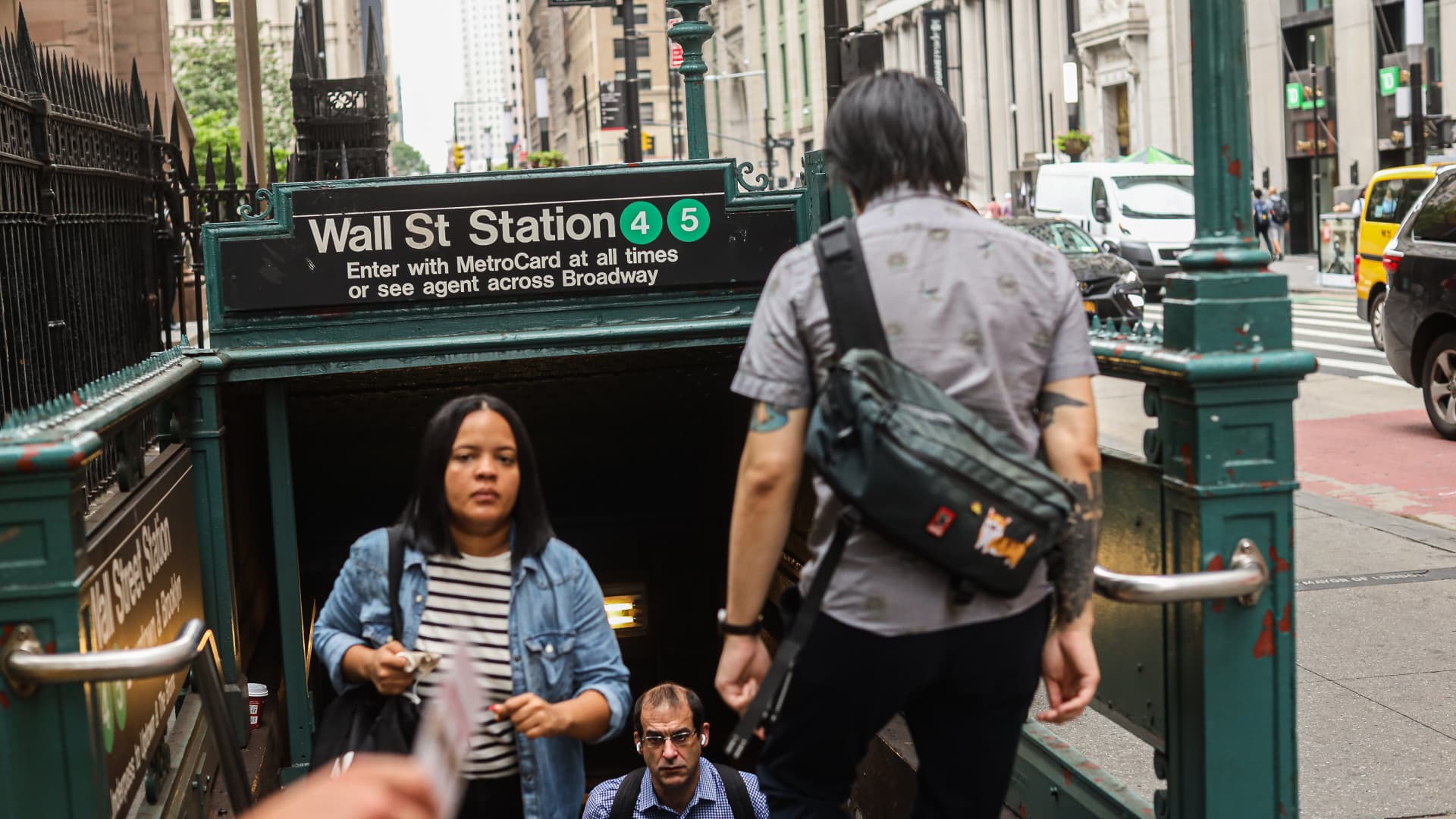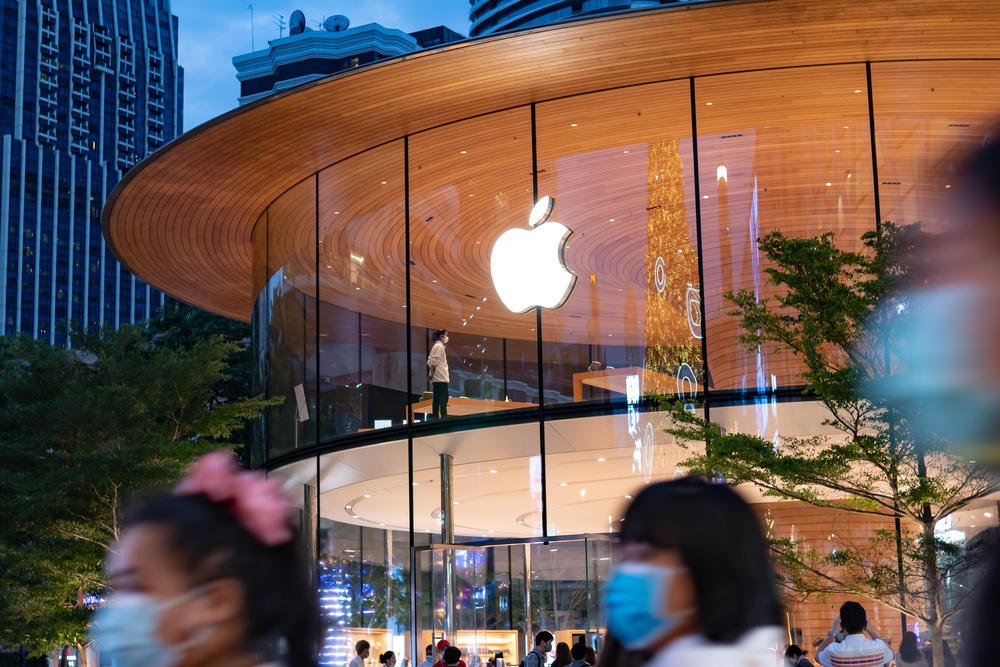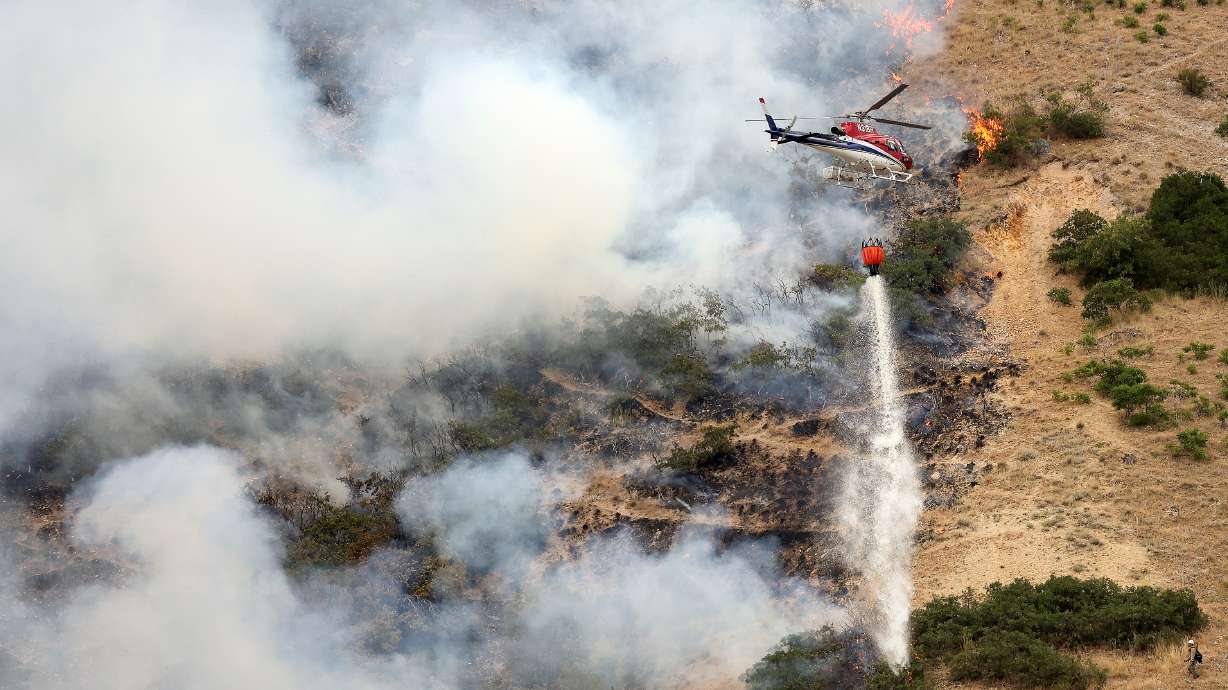Two Mongolian nationals have arrived in Brisbane on a working holiday in an Australian first, as industry bodies call for increased government support to incentivise international workers to fill dire labor shortfalls.
Key points:
- Strict COVID lockdowns made Australia a less attractive place for foreign workers
- ABS data shows Australia’s job vacancies rose by 14 per cent in the three months to May
- The Australian Retailers Association says visas and incentives need to be implemented to get workers back into the country
Prior to the pandemic, up to 150,000 working holiday-makers came to Australia annually, providing local businesses access to casual workers, often in regional areas and the agricultural industry.
The reciprocal cultural exchange scheme opened to Mongolia in July, making it the 47th country to participate in the program.
Khishigdelger Khurelbaatar, 23, is a trained journalist with a degree from the Mongolian State University of Arts and Culture in Ulaanbaatar, who left behind her husband and child to work in Australia.
Turbat Lkhamsuren, 25, has a degree in humanities and has previously worked as a chef.
Mr Lkhamsuren said he was in disbelief upon arrival.
“It’s so wonderful right now, I imagined this for so long. I don’t have any words, it’s like a dream,” he said.
“I’ve only seen Australia in a movie and now I’m here, it’s amazing.
“It’s so different from my country in the culture and the weather, I’m so excited.”
Ms Khurelbaatar said she was eager to start work.
“I really want to see some animals, like a kangaroo and koala bear,” she said.
The pair started their time in Australia kayaking down the Brisbane River and abseiling down the Kangaroo Point Cliffs before they headed to a Sunshine Coast farm and hone necessary skills including horse riding, tractor driving, and cattle mustering.
Mongolia was a country with a long and proud tradition of horsemanship, making Ms Khurelbaatar and Mr Lkhamsuren highly sought after.
“Mongolians have a reputation as the greatest horsemen and women on Earth, so their skills will be highly valuable to the employers we place them with in regional areas,” Australian Working Adventures director Joanna Burnett said.
After completing a nine-day program and working for three months on a farm, they will then be eligible to apply for a second-year Working Holiday Maker visa.
Incentivizing foreign workers ‘essential’
Queensland Farmers Federation spokesperson Diana Saunders said these types of schemes were vital in supporting the agricultural industry.
“We are experiencing shortages across all levels, so not just the casual workforce, but also our skilled workforce,” Dr Saunders said.
“Government schemes and incentives are extremely important because they set the parameters of engagement, set out the role and how we can support them.
“Even in terms of being able to match skill sets, and the people available, with the needs of the industry, it’s so essential.”
Dr Saunders said she would like to see more done to advertise Australia as a great place to work.
“Agriculture has a lot of benefits at the moment and it’s an industry that is set to grow and has a lot of opportunities, but we need the workforce to make that possible and attracting workers from overseas is very important.
“Employers are willing to really work with employees to get them to work on what they want and where they want to go, but also grow that person and develop that person to make sure that they retain them and be a part of the culture.”
‘Retailers screaming to fill jobs’
Australian Retailers Association chief executive Paul Zahra said there were currently more than 40,000 job vacancies in the retail industry.
“That’s up nearly 40 per cent in the last three months and there’s no end in sight,” he said.
“Most retailers are screaming to fill jobs and we just don’t have the people to fill all the vacancies.”
Mr Zahra said images of strict COVID-19 related lockdowns broadcast worldwide had made Australia a less attractive location.
“We’ve so heavily relied on international students in the past to fill particularly hospitality roles, but also frontline retail roles. We’re just not seeing those people come back to the country.
“There was a lot of brand damage through the lockdowns and of course we’re no longer a place people want to visit.
“They’re concerned about some of the COVID regulations that have occurred historically in this country, and they’re traveling and working within Europe and aren’t coming to Australia. That’s a massive issue for the country.
“Right now we need an intervention with a new government policy to cut out the bureaucracy with visas, but equally we need incentives to get those people back into the country and here working.”
National job vacancies at record high
According to the latest figures from the Australian Bureau of Statistics (ABS) released in June, there were 480,100 total job vacancies in May.
Head of labor statistics at the ABS, Bjorn Davis, said the number of job vacancies rose by 14 per cent over the three months to May.
“This reflected increasing demand for workers, particularly in customer-facing roles, with businesses continuing to face disruptions to their operations, as well as ongoing labor shortages,” he said.
Mr Davis noted the percentage of businesses reporting at least one vacancy had also increased.
“A quarter of businesses reported having at least one vacancy in May 2022,” he said.
“This rate was more than double the pre-pandemic level in February 2020 (11 per cent), which highlights the extent to which businesses are finding it more difficult to find staff.”
.










